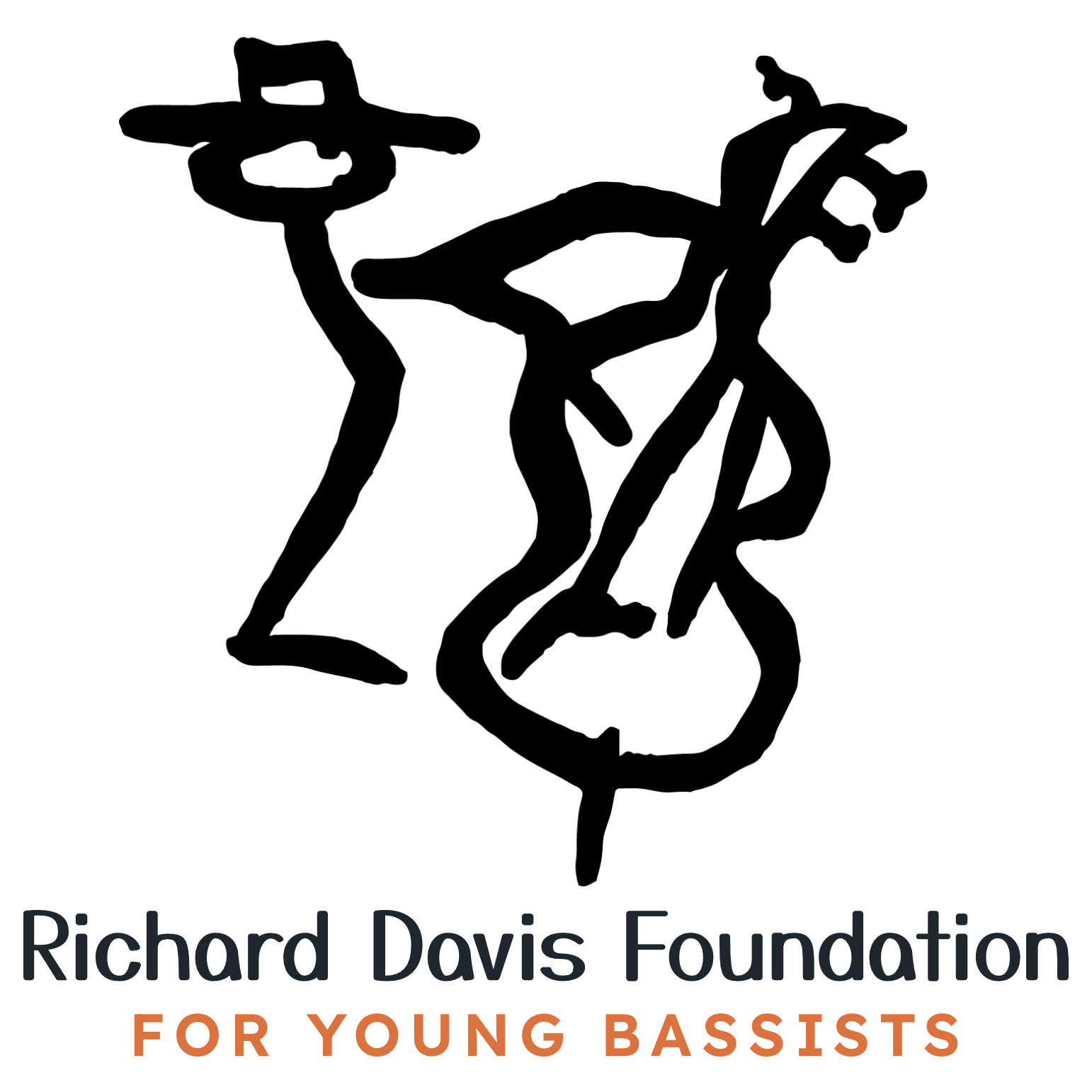Purpose
The string instrument family has many members, but it is typically the violin, viola and cello that are most familiar to many people. The melodic beauty of these three instruments is often heard thanks to the significant solo repertoire that exists. However, the double (or ‘string’) bass has traditionally been thought of as an accompaniment instrument. As a result its development as a melodic or ‘solo’ instrument has been slow. The instrument, unique is all its features, has an incredibly versatile in range, virtuoso artistry and lyricism, with spectacular visual excitement. Pedagogically and soloistically, the bass has undergone rapid advancement in the last century, however progress for pre college students is still behind due to a number of limiting factors:
As the bass relates to children and their musical development, there are two major inter-related problems limiting their opportunity to explore this instrument and its melodic beauty, thus its virtuosity: Instrument size, availability and cost and availability of training.
INSTRUMENT SIZE, AVAILABILITY, AND COST: Due to the imposing size of a ‘full-size’ bass a child must generally be 14-16 years of age in order to handle the instrument successfully. Currently, the smallest size bass that is normally available is 1/4 size, which is still too large for children under the age of ten. Additionally, the supply of 1/4 size instruments is limited and cost is high. Children under the age of 10 will need 1/8 or 1/10 size instruments, both of which are extremely difficult to find and very costly to purchase (over $2000). String instrument retailers and rental companies typically do not stock these small size instruments due to the scarcity of players and the large capital investment required to purchase the instrument for inventory. If a small size instrument is available families will typically rent the instrument because purchase is not practical since resale values are low and children outgrow the instruments within a few years. Renting instruments is likewise costly, however; essentially a payment of $60+ per month (plus maintenance) going towards an instrument they will snever own. In contrast, violins, violas and cellos are readily available in smaller sizes ranging as low as 1/32 and many rent to own programs and markets for reselling these instruments exist. This is primarily due to the fact that well known music programs such as Suzuki have made these instruments very popular with children as young as three years of age. As a result, the manufacturing industry has responded to the demand and produced appropriate size instruments of reasonable quality at an affordable price.
AVAILABILITY OF TRAINING: While programs such as Suzuki have done much to popularize violins, violas and cellos with children, they have not done so with the double bass. This is primarily due to the lack of instruments of appropriate size and cost, as well as the short supply of instructors with experience teaching the double bass to very young students.
As you can see, these two problems are very inter-related. The net effect is that children cannot begin study of the double bass until they can physically handle the larger instrument. The lack of availability of smaller instruments results in fewer students which results in fewer teachers. Therefore, when students reach college age they will have had much less formal training (typically only three years) than students of other string instruments. This hampers the bass student’s ability to reach the same level of proficiency at a given age as that of students of other instruments. Enhanced awareness of the versatility of the double bass, combined with wider availability of quality training for young children may also result in more music scholarships for promising musicians who specialize in the double bass.
Mission
The Richard Davis Foundation for Young Bassists, Inc. seeks to develop rising generations of musicians by ensuring talented young bassists access to the best and most inspiring teachers and bass masters. Exposure to the most prestigious teachers in the world in all fields of music expands the horizon of the student in terms of how they perceive their own potential and that of the bass itself. Additionally, young bassists have the potential for developing personally as well as musically through the development of peer networks and mentoring relationships with teachers and bass masters. Thus these young people may approach college age better prepared to take advantage of scholarships and maximize their talents and abilities.
To meet the needs of young bassists, the Foundation is committed to ensuring that the tools for success are made available to students. Among these are:
AFFORDABLE, HIGH QUALITY TRAINING: To meet this goal the Foundation sponsors an annual bass conference that allows students to receive intensive training from bass clinicians as well as opportunities for performance and networking with other students from outside of their hometowns.
INSTRUMENT FUND: The Foundation wishes to purchase several additional instruments of various sizes in order to provide these at a nominal rental fee to students who would otherwise be unable to study the bass. The Foundation is also examining implementation of a ‘loaner’ program for promising students who cannot afford rental fees.
SCHOLARSHIP FUND: Mr. Davis’ long commitment to assisting African Americans and financially disadvantaged will be realized through the establishment of a scholarship fund. The fund will be established to allow attendance at the annual bass conference for students who would otherwise be unable to afford the opportunity.

